
Contenu
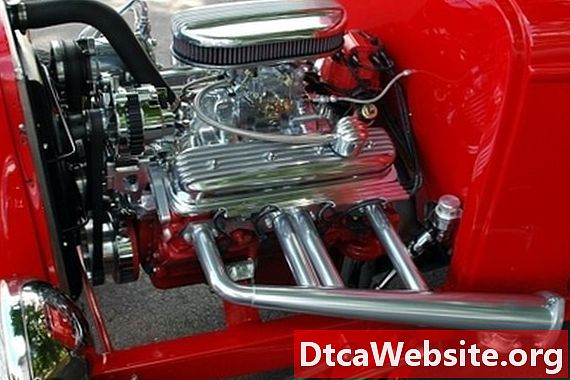
Many performance car-enthusiasts turn to decreasing their engines compression ratio to eliminate pre-ignition detonation (engine-knock) in their vehicles, albeit for a variety of reasons. Some are trying to run their vintage-sixties muscle-cars on low-grade 87-octane gasoline. Others encounter detonation when trying to turbo-charge high-compression engines. Although there are many ways to decrease compression ratio, installing thicker head gaskets is the easiest starting point. Most people try to exhaust this opportunity before moving on to more complicated steps.
Step 1
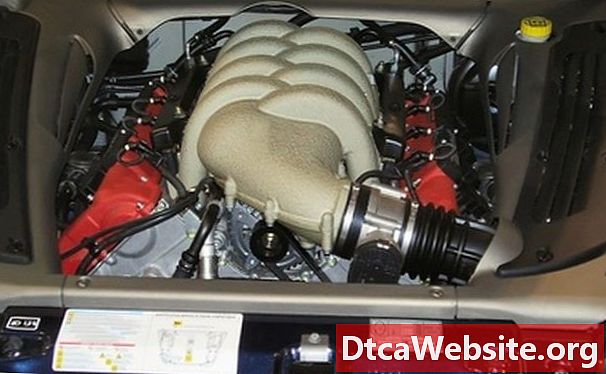
Calculate the required thickness of the thicker head gasket based on the desired new compression ratio. A rule of thumb for automotive engines is that a 0.025-inch increase in head gasket thickness will lower compression about 0.5-points. For example, going from 10.0 down to 9.5-to-1 is a 0.5 decrease, which may be fine for eliminating detonation in a muscle-car running on 87-octane fuel. It might not be even close for the newly turbo-charged engine. In the latter case, more drastic changes may be necessary such as different pistons. You may have to find out first if thicker gaskets are available for your engine and go to a ratio that is close to ideal. It is better to go to a little lower compression than originally intended and then make up the power with increased turbo-boost.
Step 2
Start disassembling the engine. Disconnect and remove the battery, drain the cooling system, disconnect the lower radiator hose at the radiator, drain the engine oil, and. Remove the hood if you have to bend or squeeze too much to reach the engine.
Step 3
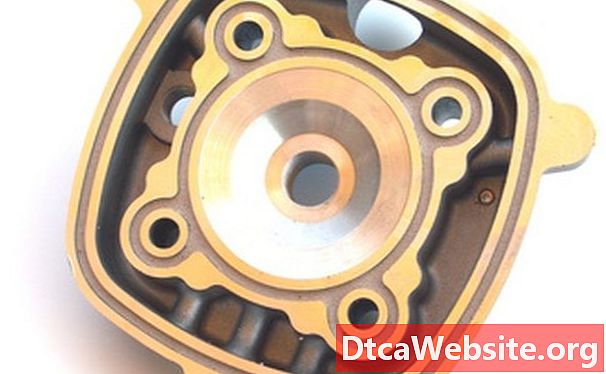
Unbolt and remove the exhaust manifold(s) from the studs on the sides of the cylinder head(s). Disconnect all coolant, fuel and electrical connections from the top of the engine. Disconnect spark plug wires and remove electronic ignition components. Remove the intake manifold. On overhead cam vehicles, remove the water pump and front timing belt or chain assemblies. On overhead valve vehicles, remove the valve covers, rocker arms and pushrods.
Step 4
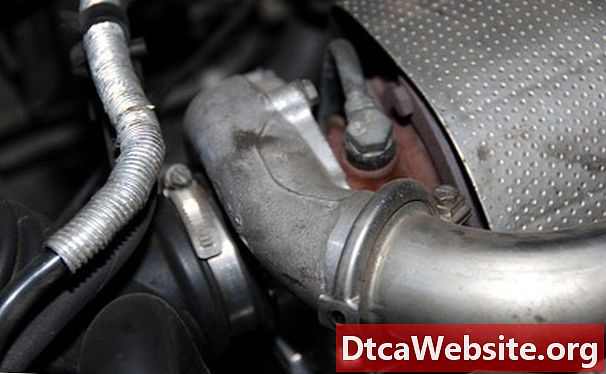
Loosen and remove the cylinder head bolts. Remember their exact positions for reassembly. Remove the cylinder heads. You may have to pry them up with a thin blade. Lay the heads on a bench gasket side up.
Step 5
Remove the old head gaskets from the engine block. Clean the mating surfaces on both the block and cylinder heads without dropping debris inside the engine openings. Check the block and the head for warping and have warped surfaces milled.
Step 6
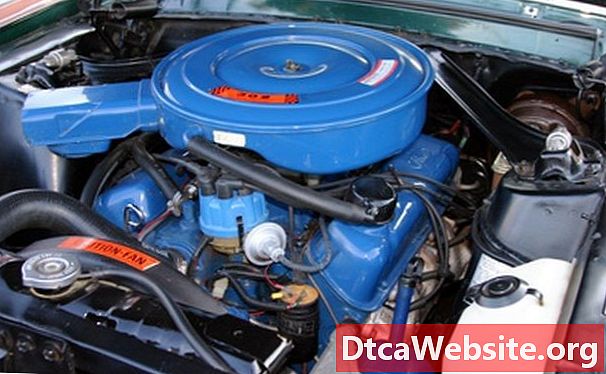
Install the new thicker head gaskets by positioning them on the locating pins on the engine block. Place the cylinder heads back on the block, also positioning them using the locating pins. Tighten the cylinder head bolts according to the prescribed sequence for your engine. Torque the head bolts to specifications, which may change with the new thicker gasket. Consult the gasket manufacturer revised torque recommendations.
Step 7
Reassemble the vehicle in reverse order, replacing other damaged gaskets and hoses as necessary.
Road-test the engine to make sure there is no detonation with regular fuel. If there is, the car may still require higher octane gasoline, even with the lower compression ratio.
Tips
- Take advantage of the engine disassembly to perform other performance-enhancing steps, such as a valve job.
- Punch holes in the bottom of an inverted cardboard box to keep bolts or rods in positional orientation while removed from the engine.
Warnings
- Clearances between pistons and cylinder heads or valves must be maintained to prevent massive engine damage.
- Installing two head gaskets instead of one could result in leaking coolant into the cylinders resulting in engine failure.
Items you will need
- Thicker head gasket(s)
- Auto mechanics tool set
- Engine coolant
- Engine oil
- Engine top end gasket set


